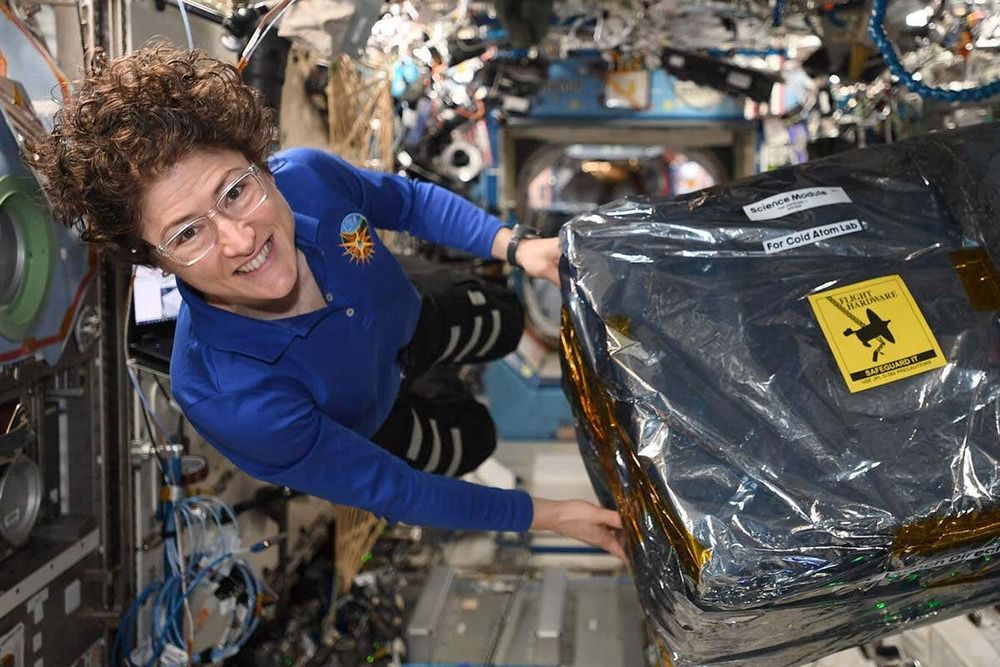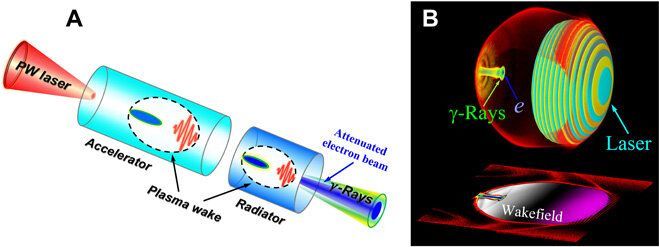The world’s largest atom smasher has “given birth” to a set of four ultraheavy particles — called top quarks.
The formation of these chubby-but-tiny quadruplets, at the Large Hadron Collider in Geneva, Switzerland, has long been predicted by the Standard Model, the prevailing physics theory that governs subatomic interactions. But new physics theories suggest they could be created much more often than the Standard Model predicts. Finding more of such foursomes is the first step in testing those theories. The new findings were announced at the LHCP 2020 Conference.







